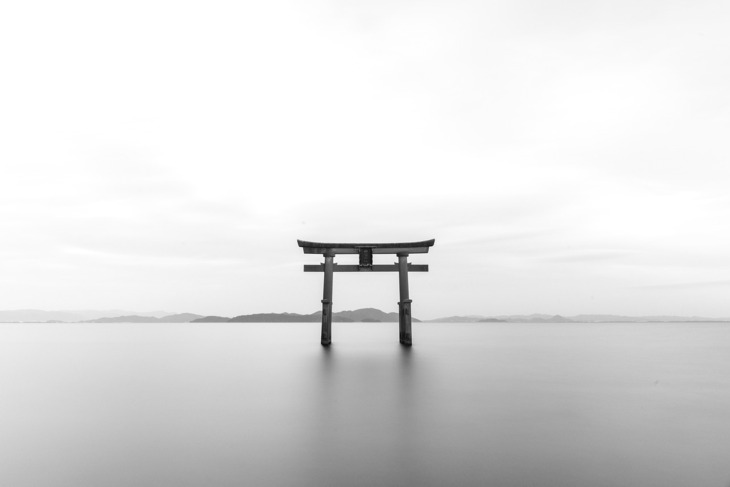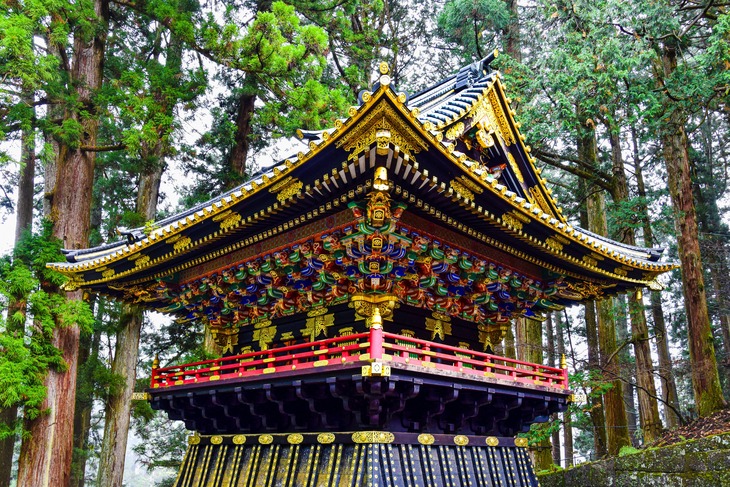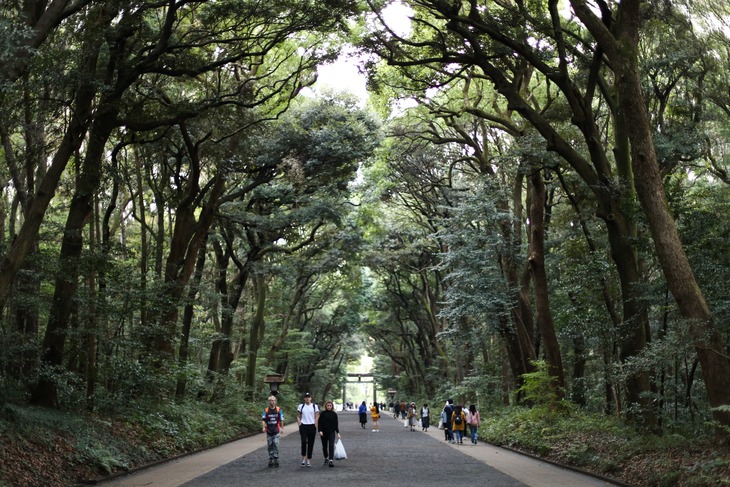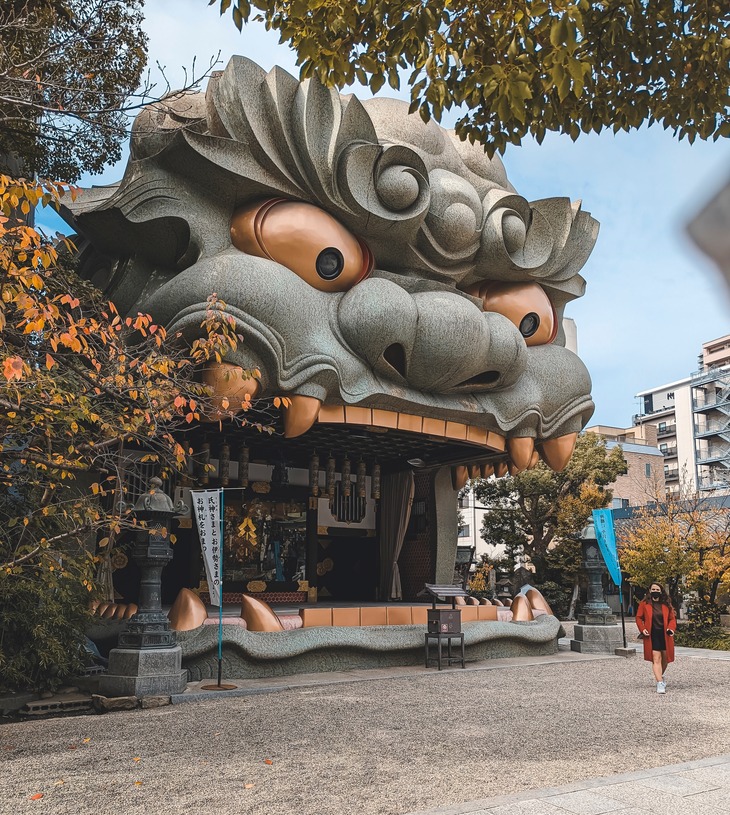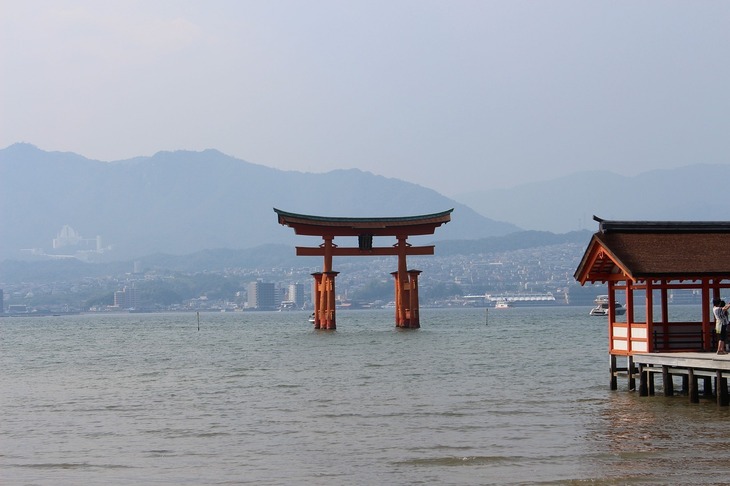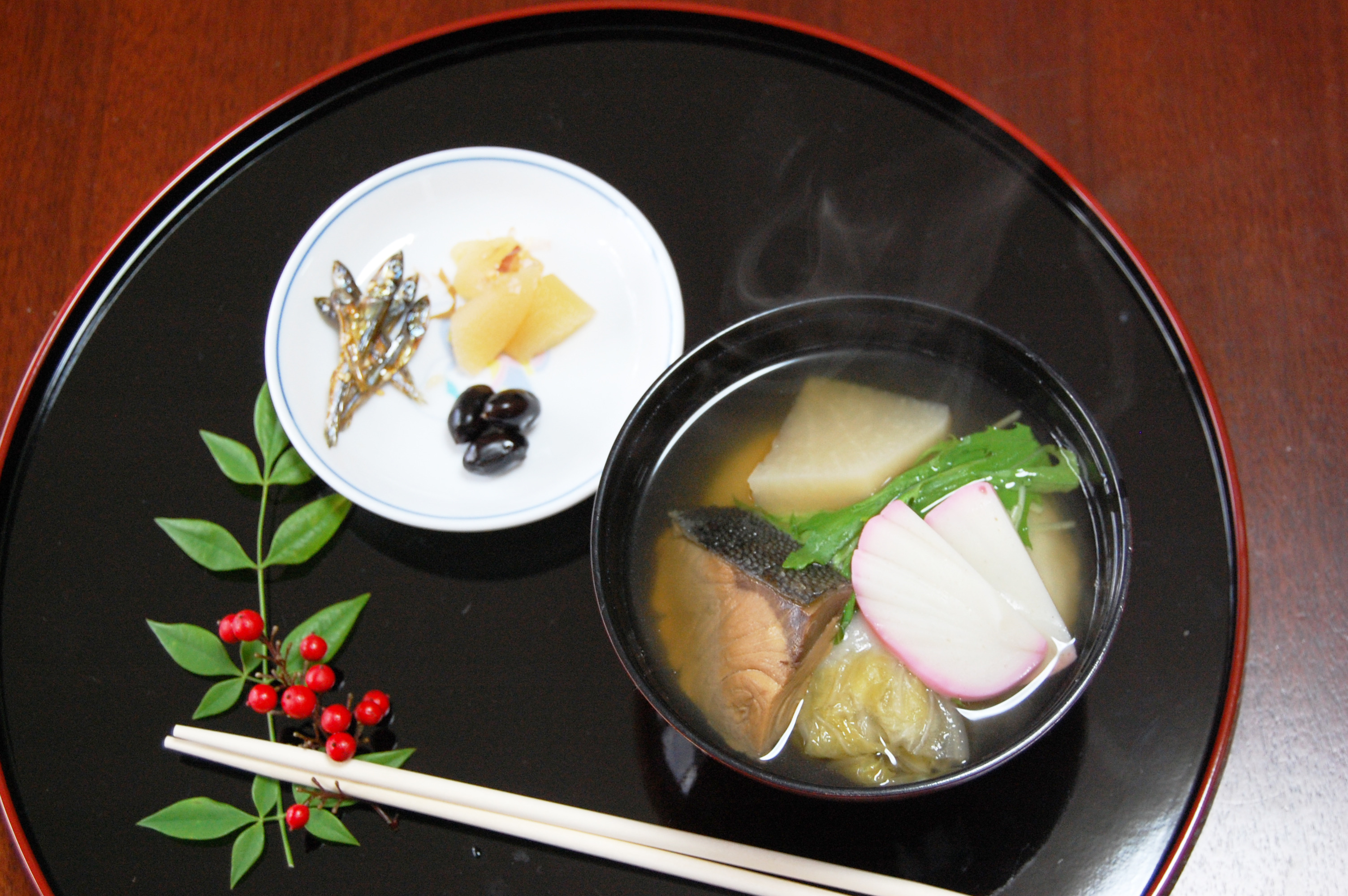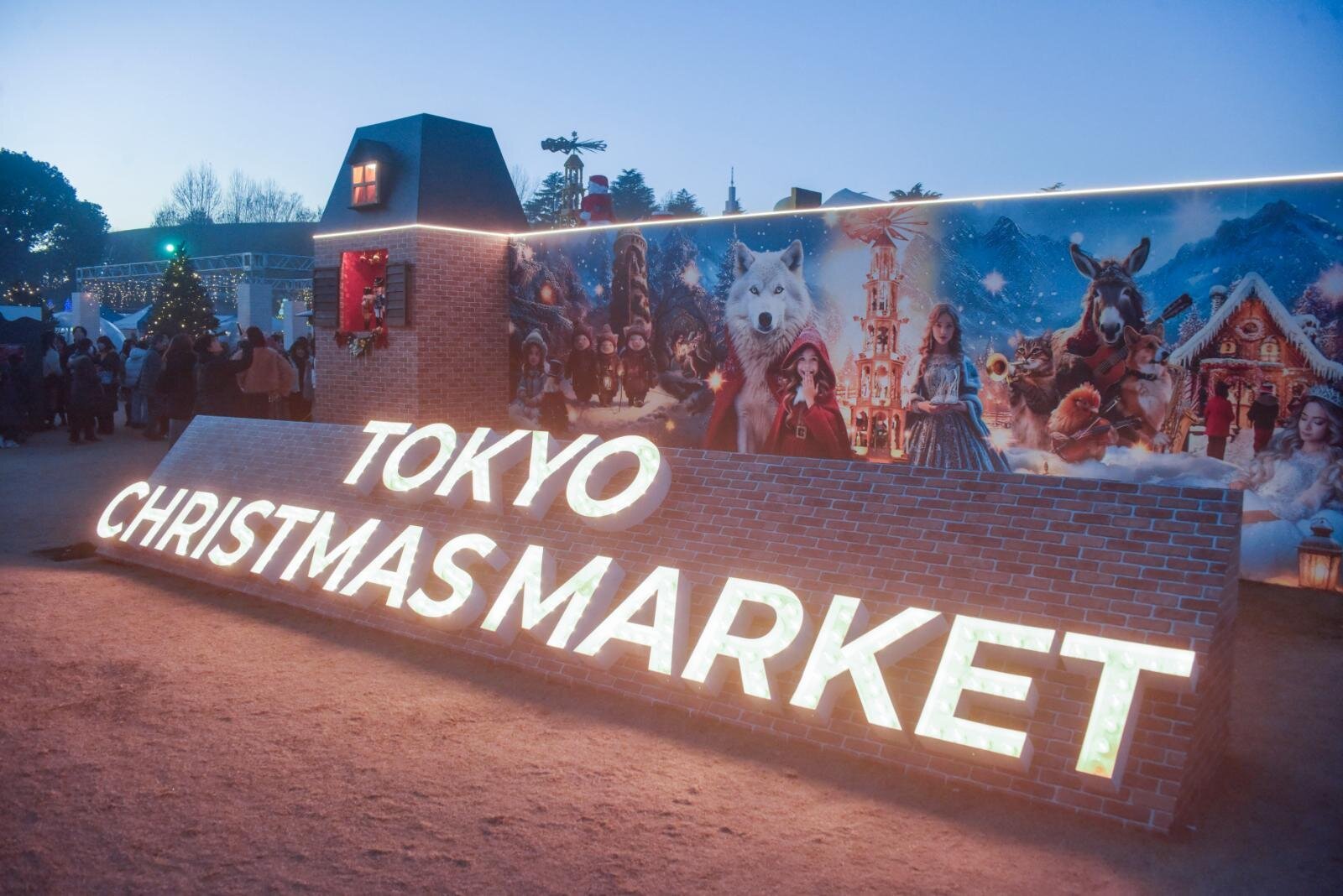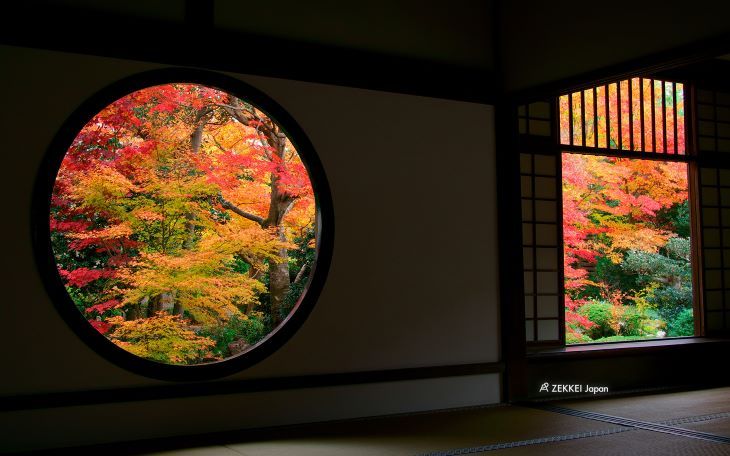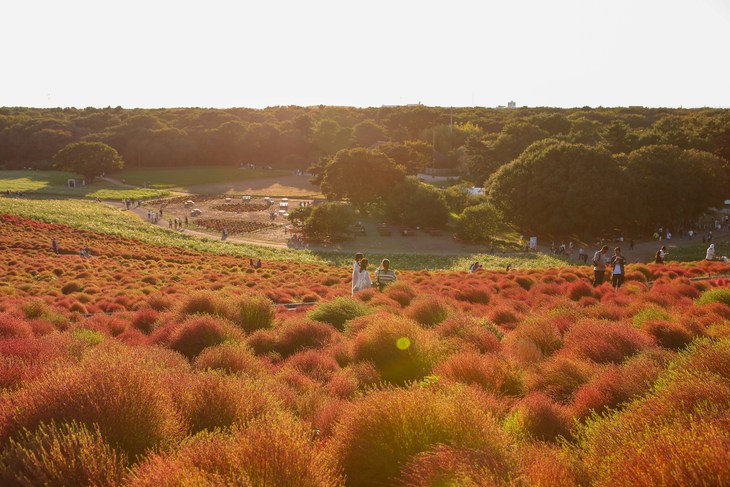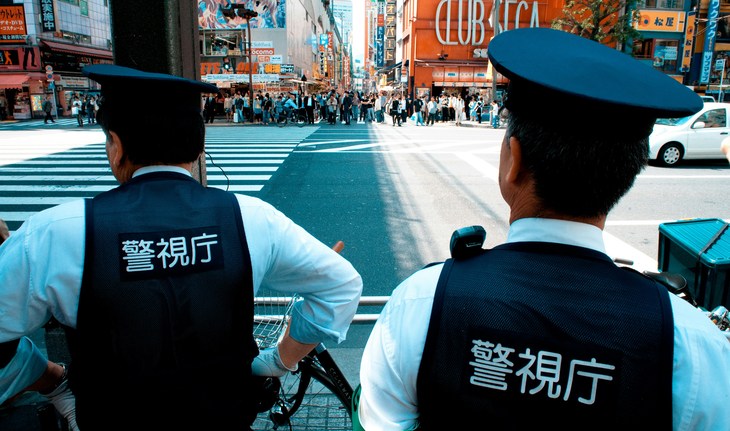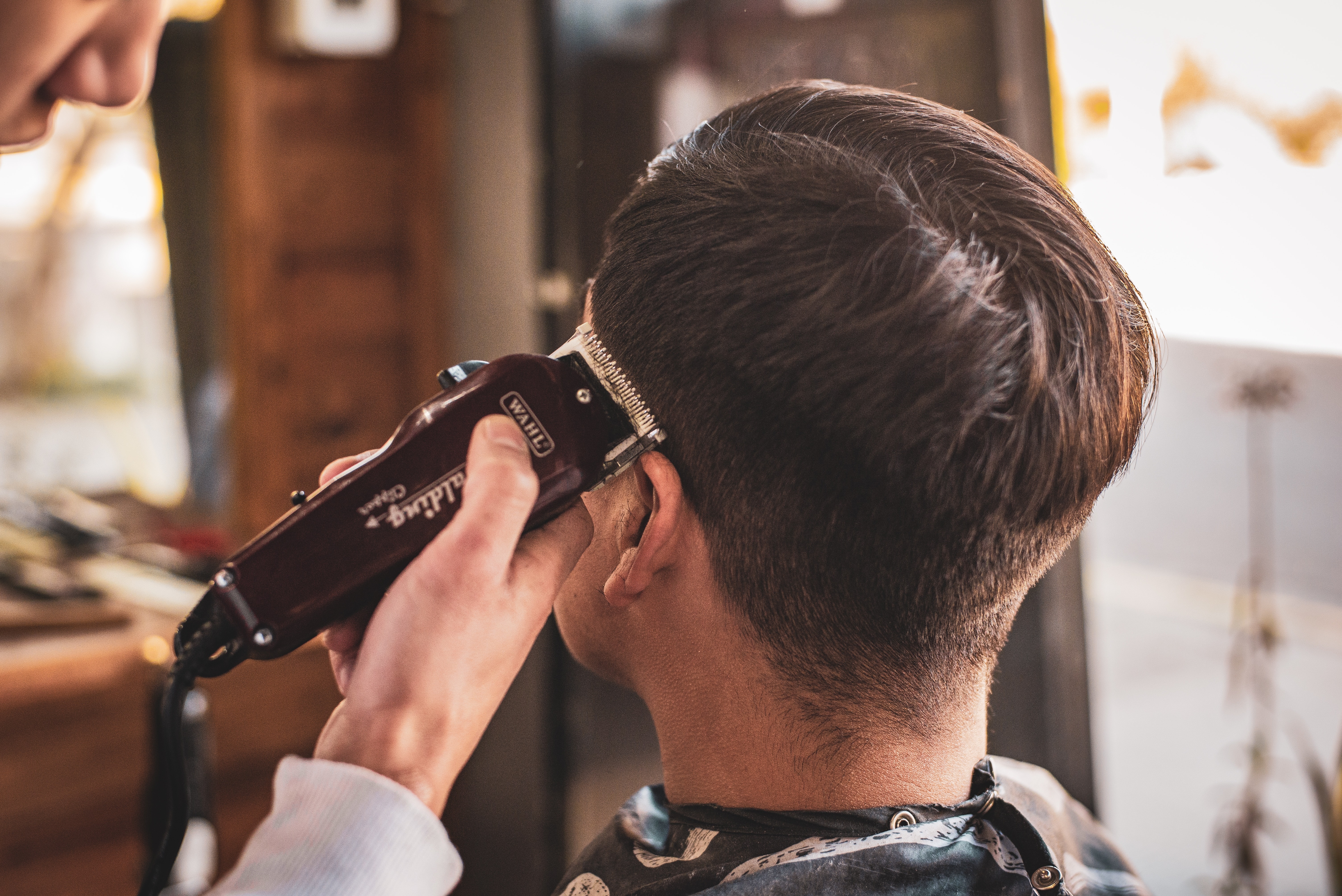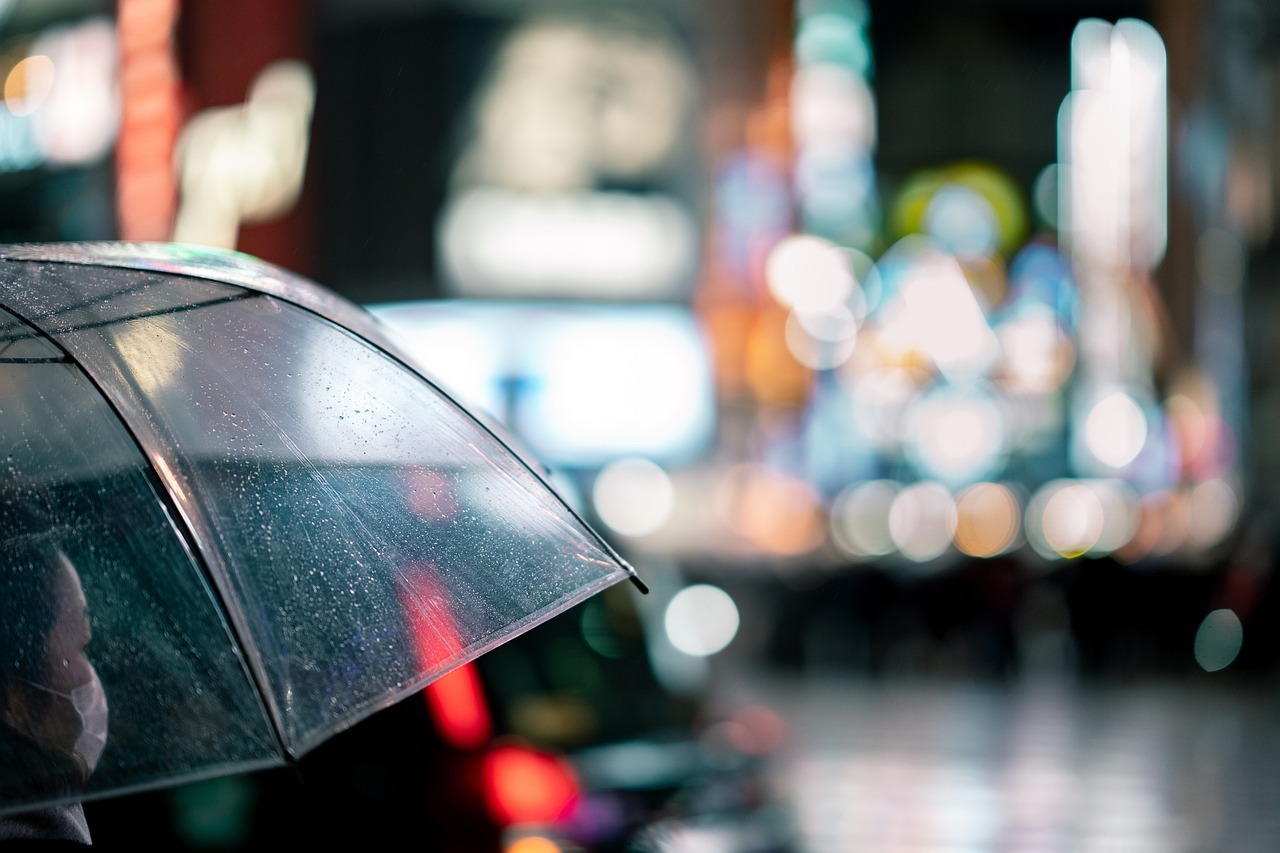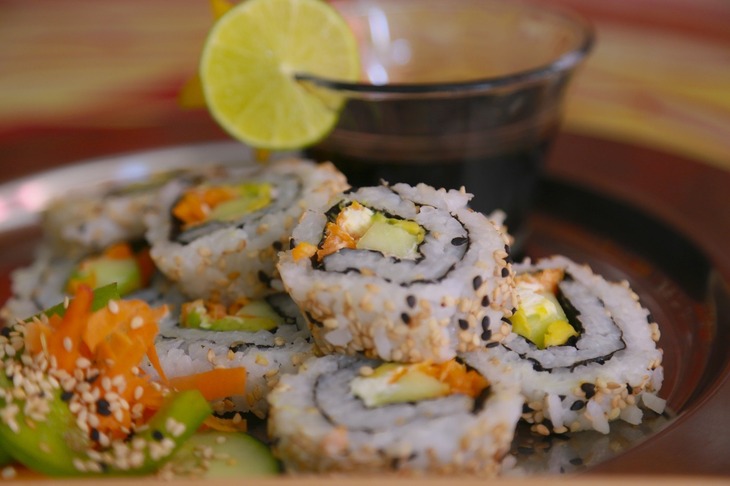7 Must-Visit Shrines in Japan!
When you're in Japan, you won't be able to walk more than a few minutes without coming across a Shinto Shrine, or jinja as they are called in Japanese. There are tens of thousands of shrines in Japan, ranging from tiny little shrines squeezed in between skyscrapers to massive complexes that draw in millions of domestic and foreign tourists every year.
With so many possible shrines to visit, it can be downright overwhelming to choose which ones to visit, especially if you're a tourist with limited time in Japan. And while many people think that they need to go to Kyoto to see amazing shrines, the reality is that there are beautiful, must-visit shrines spread all across Japan. So to help you get started planning your shrine visits, no matter where you are in the country, here are seven shrines across Japan that you should absolutely check out.
Osaki Hachimangu Shrine
Located in Sendai, Miyagi Prefecture, Osaki Hachimangu is a shrine dedicated to one of the most popular Shinto gods in Japan: Hachiman, the god of war and archery. The shrine's history dates back over a thousand years, and since its construction, it has played a significant role in the region's history and cultural heritage. The main hall, which was built between 1604 and 1607, is adorned with intricate carvings and vibrant colors. It is a prime example of the Momoyama Period (1573-1615) architectural style, so if you are at all interested in this period of Japanese history the shrine is worth checking out.
Osaki Hachimangu hosts various festivals and events throughout the year, attracting locals and tourists alike who come to pay their respects, immerse themselves in the rich history and traditions of the shrine, and experience festivals unique to this part of Japan.
Nikko Toshogu Shrine
Nikko Toshogu Shrine is located in Nikko, Tochigi Prefecture, just a few hours outside of Tokyo. It is a grand Shinto shrine dedicated to Tokugawa Ieyasu, the founder of the Tokugawa Shogunate, and his tomb can be found here. It is most famous for its elaborate and intricate architecture, including the Yomeimon Gate, which is adorned with intricate carvings and vibrant colors. You can also find many famous carvings around the shrine, including a carving of the Three Wise Monkeys, famous for expressing "see no evil, hear no evil, speak no evil."
The shrine's ornate design, surrounded by beautiful cedar forests, showcases just how powerful and wealthy the elite were during the era of the samurai. If you're staying in Tokyo and want to take a day trip out of the big city Toshogu Shrine, along with many other spots in Nikko, is an excellent option-especially during the autumn season when leaves turn bright red, yellow, and orange. This makes Nikko Toshogu Shrine a great choice if you want to take a day trip out of Tokyo.
Meiji Shrine
Located in Shibuya in Tokyo, Meiji Shrine is dedicated to Emperor Meiji and Empress Shoken, who played pivotal roles in modernizing Japan during the Meiji Restoration in the 1800s. Surrounded by trees and greenery, the shrine feels as though it's deep in a forest even though it is located just a few minutes away from the ever-busy Harajuku, making it a great, peaceful place to escape from the hustle and bustle of Tokyo.
Visitors enter through the towering torii gate and follow a long, quiet path to the main shrine building. The shrine's atmosphere and beautiful gardens make it a popular destination for many cultural events and traditional Japanese-style Shinto weddings.
Namba Yasaka Shrine
If you are looking for something quite unique compared to other shrines across Japan, then you should check out Namba Yasaka Shrine in Osaka. Located less than ten minutes on foot from Namba Station in the heart of Osaka, Namba Yasaka Shrine is easy to get to and, thanks to the iconic lion-head-shaped building in the Shrine, is very hard to miss. While the current shrine buildings are all reconstructions of the original buildings, which were destroyed during World War II, the temple is still an interesting spot to check out when you want a break from all the food and shopping of Osaka's Namba neighborhood. People flock from all over to take pictures in front of the lion-head-shaped building, so you might have to wait your turn before you can take a picture.
If happen to be in Osaka in January, be sure to head to Namba Yasaka Shrine to check out the yearly Tug-of-War competition! This competition is part of a festival that celebrates the myth that the patron deity of the shrine once slew a giant snake, so it's a fun piece of cultural history worth checking out if you're in Osaka at the time.
Ise Grand Shrine
Located in Mie Prefecture, Japan, Ise Grand Shrine is one of the most sacred Shinto shrines. It consists of two main shrines, Naiku and Geku. The shrines are fairly far apart from each other, so you'll have to take a 10-minute bus or taxi ride to go between them. Naiku is dedicated to Amaterasu, the sun goddess (and one of, if not the most important Shinto god) while Geku is dedicated to Toyouke, the goddess of agriculture. These shrines and their grounds cover a large area, so you can spend all day enjoying the peaceful atmosphere and taking in the beauty of both shrines.
Unique to such an important shrine is the fact that the shrine is rebuilt every 20 years according to ancient traditions, symbolizing the cycle of death and rebirth. The rebuilding process is meant to finish within twenty years, and then the cycle begins anew.
Ise Grand Shrine attracts millions of visitors annually from all over Japan and abroad, so it is worth taking a trip down to Mie just to check it out. If you are visiting Kansai or Nagoya, you could manage to visit Ise as just a day trip if you wanted, or you could choose to stay in Mie Prefecture overnight and check out more of the prefecture.
Itsukushima Shrine (Miyajima)
Itsukushima Shrine is located on the island of Miyajima in Hiroshima Prefecture, a thirty-minute train ride plus a ten-minute ferry ride from Hiroshima Station.
Itsukushima Shrine is renowned for its iconic torii gate, which appears to be standing in the sea during high tide. During low tide, you can walk right to the base of the torii gate to take photos beneath it. The shrine complex, consisting of multiple buildings, is dedicated to three goddesses and also appears to be floating in the water during high tide.
The incredible scenery, with the shrine and gate sitting between the sea and the mountains, attracts millions of tourists who come to see this UNESCO World Heritage site. There are also many other shrines and temples located on Miyajima that you can visit, as well as ryokans to stay at if you feel like spending the night on the island. Miyajima is also famous for the peaceful deer that wander around the island, further making it feel like you are one with nature as you visit the island.
Dazaifu Tenmangu Shrine
Located in Fukuoka Prefecture, Dazaifu Tenmangu is a Shinto shrine dedicated to Sugawara no Michizane, the deity of learning and academic success. As a result, the shrine is a very popular destination for students seeking blessings before taking important tests like the university entrance exams.
The grounds feature beautiful gardens, a large pond, and several buildings housing precious cultural artifacts. There are also other shrines and museums in the area, so you can spend the day learning more about the history and culture of Japan.
Dive into Traditional Japan!
No trip to Japan is complete without taking the time to visit some of these breathtaking shrines. This is just a small selection of the thousands of shrines you can visit across Japan and doesn't even include the many shrines in Kyoto or the many temples you can visit all over the country. Hopefully, with the knowledge of some of the best shrines to visit, the daunting task of deciding where to visit when you come to Japan will be a little bit easier for you.














